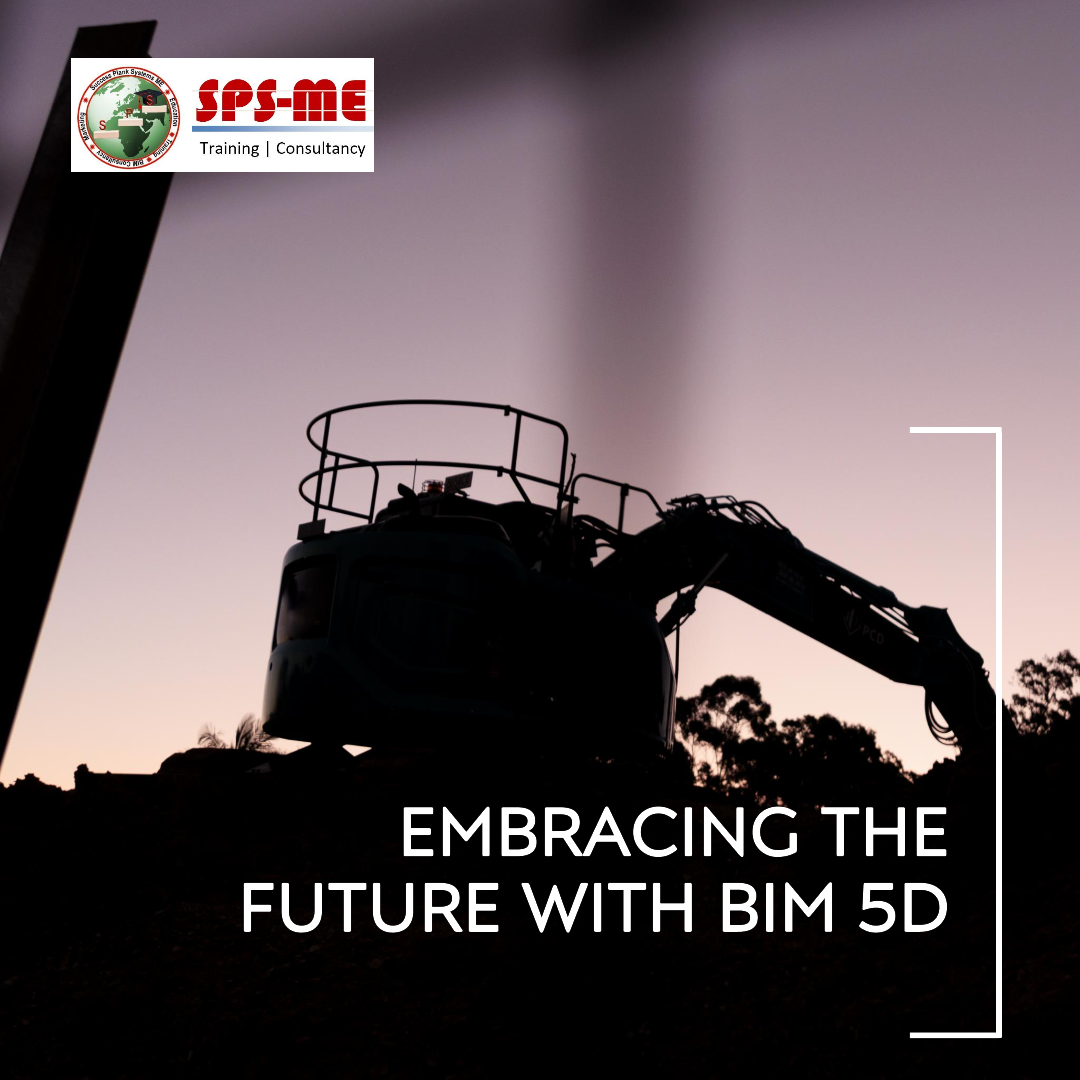Embracing the Future: Exploring the Power of BIM 5D in Construction Projects

Introduction
In the dynamic realm of construction and project management, staying ahead of the curve is essential to ensure successful project outcomes. Building Information Modeling (BIM) has revolutionized the construction industry, and the evolution to BIM 5D takes this innovation to a whole new level. In this blog post, we will delve into the concept of BIM 5D, its significance, benefits, and how it is reshaping the way construction projects are planned, executed, and managed.
Understanding BIM 5D
BIM 5D, otherwise known as 5D BIM or BIM with Cost, extends the capacities of traditional 3D and 4D BIM enriching it with an important dimension i.e. cost. Apart from representing physical aspect of a construction project (3D), its schedule (4D), BIM 5D incorporates financial aspect (cost) of each project element. This whole approach gives power to the project managers to visualize, analyze and control both temporal as well as financial aspect of a single project at the same time.
Key Components of BIM 5D
1. 3D Visualization: As the main underpinning of BIM 5D begins from 3D representation of the project, hence providing a visual model of construction making stakeholders better understanding design and spatial relationships.
2. 4D Scheduling: Building on the 3I model, BIM 5D integrates the project schedule in order to help in aiding identification chances of clashing and delays while seeing how various projects relate to each other across time.
3. Cost Estimation: Financial dimension of BIM 5D involves cost data being associated with project elements thus allowing for correct cost estimation and hassles during every stage lifetime of a project.
Benefits of BIM 5D
1. Better Decision-Making: In the use of BIM 5D, stakeholders are able to arrive at informed decisions by taking into account both the impact that design changes will have on project schedule and budget. This lessens chances of costly rework as well as delays
.2. More Precised Cost Estimation: Integrated with real-world cost associated with each project element, BIM 5D leads to better budget planning and allocation.
3. Modeling Clashes and Mitigating Risk: By incorporating 3D, 4D models and cost data, BIM 5D facilitates early detection of clashes as well as potential risks which allow the project teams to take preventive measures instead of being the victims.
4. Optimized Resource Allocation: BIM 5D helps in allocating resources efficiently making them synchronized with the project schedule and budget so that they won’t go to waste, nor will it be at a lower productivity level.
5. Improved Collaboration: BIM 5D promotes collaboration among project teams through providing members with a common platform for analyzing and discussing project elements from different viewpoints.
6. Clear Communication: The transparency aspect of BIM 5D regarding visual and data-driven communication makes it easier to communicate complex information between some people who are involved in a project.
The implementation of BIM 5D in the construction industry is a huge step forward towards smarter and more efficient project management. With technology changing day by day, we can expect further developments with regard to BIM 5D applications like integration with artificial intelligence and machine learning for even better prediction of costs and risk assessments.
Conclusion
BIM 5D represents an audacious paradigm shift in the way projects are conceptualized, executed, and managed in construction. By integrating 3D, 4D, and cost data, this innovative approach enables project teams to navigate challenges with a comprehensive understanding of the project’s physical, temporal, and financial dimensions. As the construction industry embraces the power of BIM 5D, we can anticipate higher project success rates, reduced costs, and enhanced collaboration that will shape the future of construction project management.



Leave a Reply
Want to join the discussion?Feel free to contribute!